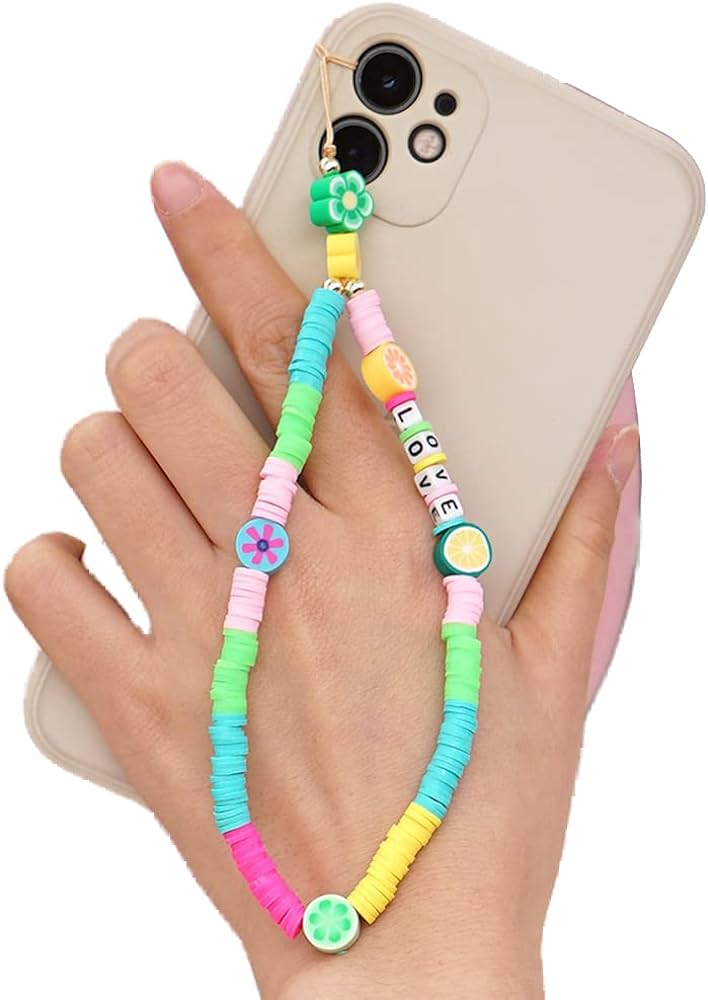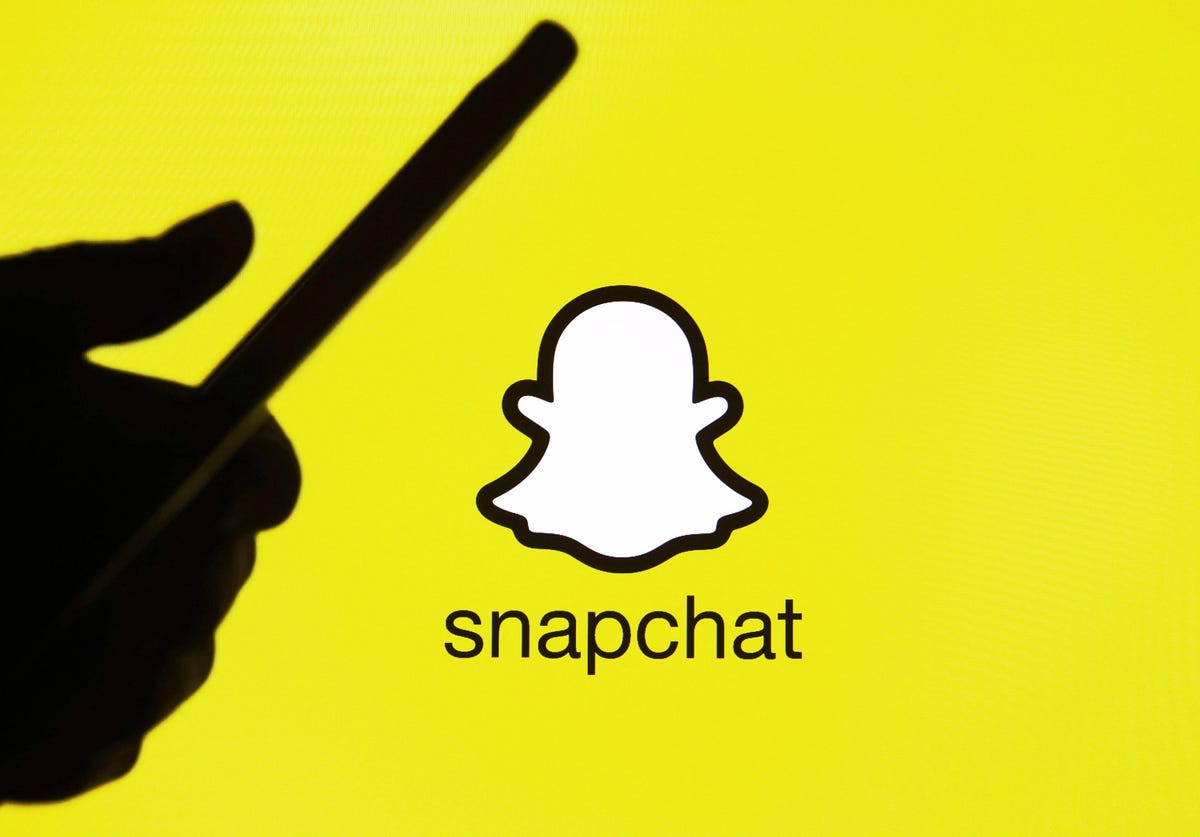
In the rapid pace of today’s digital world, it’s not uncommon for people to switch phone numbers or abandon them altogether. However, there may come a time when you want to regain access to your old phone number. Whether it’s for sentimental reasons, business purposes, or simply because it’s the number everyone knows you by, getting your old phone number back is possible. In this comprehensive guide, we’ll walk you through the process step by step, ensuring that you have all the information you need to successfully retrieve your old phone number.
Why Are Phone Numbers Deactivated?
To understand how to get your old phone number back, it’s important to first understand why phone numbers are deactivated in the first place. Phone companies and carriers have various policies and procedures in place to manage phone numbers. One common reason for deactivation is inactivity. If a phone number isn’t used for a certain period of time, typically around 90 days, carriers may deactivate it. This deactivation process helps free up phone numbers for reuse. Other situations that may lead to deactivation include canceling a phone line or the death of a line holder.
Retrieving an Unrecycled Phone Number
If your old phone number hasn’t been recycled yet, there are a few steps you can take to reclaim it. The process varies depending on whether you still have access to the phone line or not.
Option 1: Using the Same Phone Line
If you still have access to the phone line associated with your old number, the simplest way to reclaim it is by using the line itself. Try making a call from the phone. This will reactivate the line and reset the countdown for deactivation. You can then continue using the phone and the phone number as usual.
Option 2: Using a New Phone and SIM Card
If you no longer have the old phone but still have the SIM card associated with the old phone number, you can get a new phone and request a SIM card from your carrier. The carrier will then connect the new phone to the old phone number. As long as the number and phone line are operational, you can continue using the phone number with the new device.
Option 3: Contacting the Carrier
If the phone line associated with your old number is no longer active, you’ll need to contact your carrier directly. Explain to them that you want to reclaim your previous phone number. If the number hasn’t been recycled yet, the carrier should be able to assist you in the process. They will guide you through any necessary steps to regain access to your old phone number.
Reclaiming a Recycled Phone Number
If your old phone number has been recycled and is now associated with a new account, the process of getting it back becomes more challenging. In this situation, you’ll need to negotiate with the new user of the phone number.
Contacting the New User
To reclaim a recycled phone number, you’ll need to contact the person who currently has your old number. Explain your situation and discuss the possibility of them relinquishing the number to you. In most cases, the new user may request compensation for switching numbers, as they may incur charges from their carrier. If both parties agree, the carriers can facilitate the switch, allowing you to regain your old phone number.
Buying a Phone Number
While carriers cannot sell specific phone numbers upon request, they may be able to provide you with a number you like if it’s available and not currently in use. However, it’s important to note that phone numbers are part of a regulated infrastructure and are recycled under various circumstances. You do not have ownership rights over a specific number, but rather access to a number that comes with your phone service.
Porting Your Number to a New Carrier
If you want to switch carriers but still keep your old phone number, you can do so through a process called number porting. The ability to port your number depends on the policies of the carriers involved. In most cases, carriers are willing to accommodate number porting requests, often without charging special fees. When switching to a new carrier, make sure to bring up number porting before making the switch. The new carrier will handle the formal request to transfer control of the number from the previous carrier.
Alternative Ways to Retain Your Phone Number
There are alternative methods to retain your phone number, depending on your specific circumstances.
Parking Your Phone Number
If you anticipate not using your phone number for an extended period of time but want to retain it, you can inquire with your carrier about parking the number. This service allows the carrier to reserve your number even if you don’t have an active phone line. While there may be a fee for this service, it is usually significantly lower than the cost of keeping an unused phone line active.
Porting to a VoIP Service
Another option to retain your phone number is to port it to a Voice over IP (VoIP) service. Services like Google Voice allow you to use a phone number via the internet, enabling call and text forwarding. By paying a fee to the VoIP service, you can port your existing or old phone number and use it anywhere in the world. This option is particularly useful for those who need phone access while traveling overseas or want a more affordable phone service.
Accessing Your Old Phone Number
If you need to access your old phone number for authentication or password reset purposes, there are alternative methods available. Many online accounts offer multiple verification options, such as email accounts, backup phone numbers, and security questions. If you absolutely need the old phone number, you can contact the carrier and inquire about the specific steps to access it.
Conclusion
Reclaiming your old phone number is possible, but the process depends on various factors such as whether the number has been recycled, the cooperation of the new user, and the policies of your carrier. Remember to contact your carrier directly and explain your situation to get the most accurate guidance. Whether it’s for personal or professional reasons, having your old phone number back can provide a sense of familiarity and convenience in a rapidly changing digital landscape.






